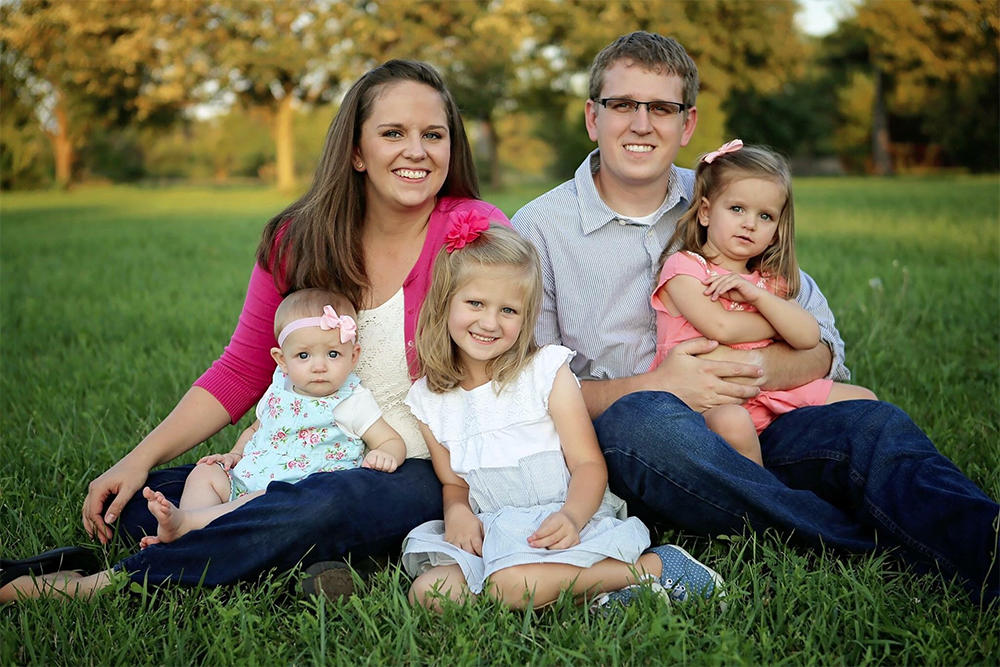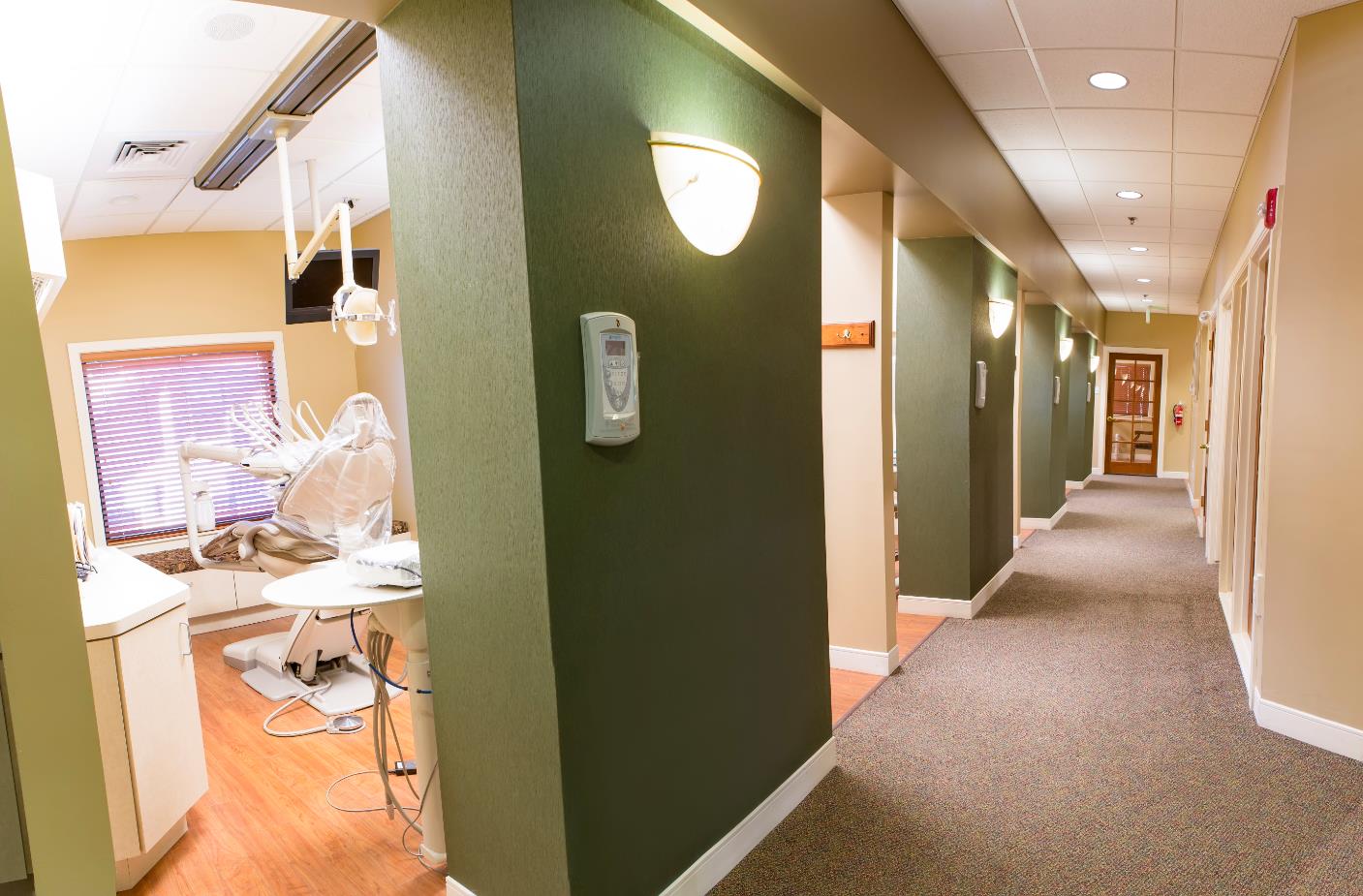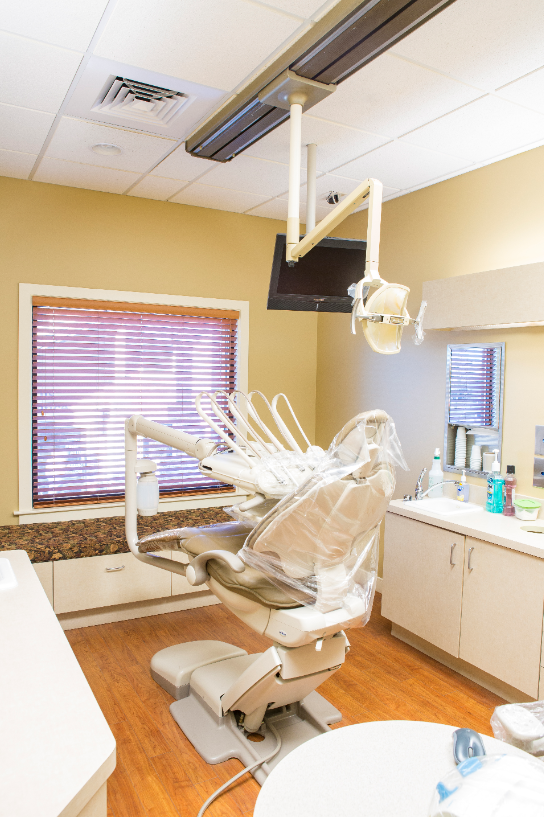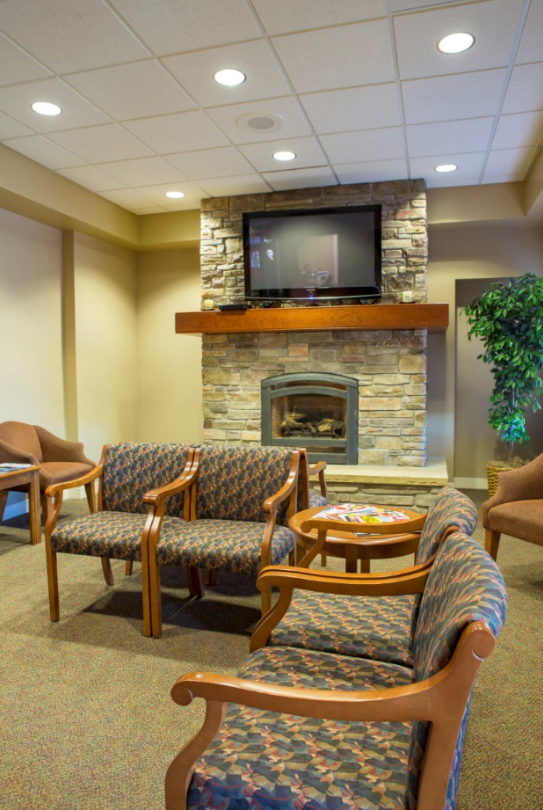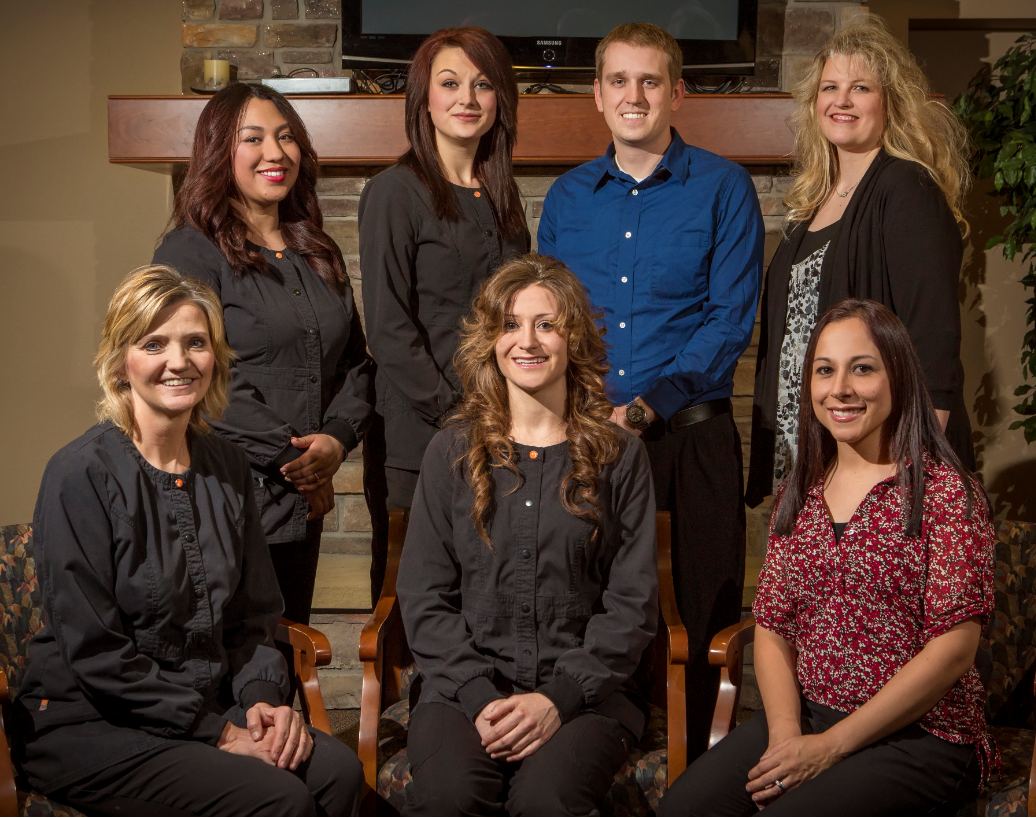What is the TMJ?
The temporomandibular joint (TMJ) is the jaw joint in which the lower jaw fits into the skull. There is a disc and a small piece of cartilage, which separates the bones. Our TMJ is a complicated and small joint, which allows us to move our lower jaw in many directions as we speak and eat. When the disc becomes displaced we can hear joint noises such as a clicking or popping sound. Noises in the joint means there is dysfunction and damage inside the joint.
Why is my TMJ cartilage out of place?
There are a number of reasons that can lead to damage inside the TMJ.
Unstable bite, parafunction like clenching and grinding,
Trauma to the face and mouth
Systemic health issues like arthritis
If you’re starting to get noises in your joint – and the most common one is going to be a click or a pop. That means that piece of cartilage is out of place. When we first hear clicks, it’s most likely what we refer to as a partial displacement of that piece of cartilage. And you don’t necessarily get any pain or discomfort, but it produces a noise. These problems tend to be progressive in nature and may lead to a complete disc displacement and eventual changes to the boney anatomy inside the TMJ.
What happens if I ignore it?
The concern is that if the cause is not addressed, the problem will progress from a partial cartilage displacement to a complete displacement,. Complete disc displacement is a much more complicated issue. This can result in more discomfort in the long term.
To prevent this progression from happening, it’s important to get a thorough examination and try to figure out the cause. Conservative, reversible treatment may begin with a precision dental appliance to help stabilize the joints, relax the muscles and provide an ideal bite.
My jaw will click sometimes, but other times it won’t. Does that mean it’s less severe?
Any noises in the joint mean there is some damage inside the TMJ. Generally when we open and close, we go through a series of different movements, and that piece of cartilage is like a buffer between those two bones. For some people, that click will be every time you open or close. For others, it may be more sporadic. Regardless, if you’re starting to hear clicks or pops in your jaw joint, that’s an indication that there’s a problem inside the joint that should be investigated
Call to schedule for appts to max your insurance benefits for the year. Our last working day will be Dec 20th.
Which Came First: Turkey: The Bird, Or Turkey: The Nation?
The republic of Turkey (look north of Egypt, east of Greece) isn’t exactly a breeding ground for the bird that Americans associate with Thanksgiving. In fact, the turkey is native to North America … so, why do they share the same name?
Let’s get the word facts
The word turkey has been used to refer to “land occupied by the Turks” since the 1300s and was even used by Chaucer in The Book of the Duchess. The word Turk is of unknown origin, but it’s used in such varying languages as Italian, Arabic, Persian, and many others to refer to people from this region. The land occupied by the Turks was known as the Ottoman Empire from the 1300s until 1922.
Following World War I and the fall of the Ottomans, the republic of Turkey formed, taking on the name that had long referred to that region. Makes sense, right? Turks live in Turkey.
As for the turkey with wings, Meleagris gallopavo is an odd-looking bird that’s known for its bare head, wattle, and iridescent plumage. It’s from North America (not the Middle East).
How did the land occupied by the Turks become associated with a North American bird?
To understand this, we have to get to know another bird: the guinea fowl. This bird bears some resemblance to the American turkey. The guinea fowl is actually native to eastern Africa and was imported to Europe through the Ottoman Empire.
Ah, we are seeing a connection! Once imported, Europeans came to call the guinea fowl the turkey-cock or turkey-hen, because the bird came from the Turks. When settlers in the New World began to send similar-looking fowl back to Europe, they, out of familiarity, called them turkeys.
But, every language seems to have radically different names for this bird, and so Turkey the nation is definitely the first and correct usage of the word.
The Turkish word for the bird is hindi, which literally means “Indian.” The original word in French, coq d’Inde, meant “rooster of India,” and has since shortened to dinde. These names likely derive from the common misconception that India and the New World were one and the same. In Portuguese, it’s literally a “Peru bird,” and in Malay, it’s called a “Dutch chicken.”
Turkey meet Thanksgiving
The turkey’s acceptance into the Old World happened quickly. By 1575, the English were enjoying the North American bird at Christmas dinner, and Shakespeare talked about it in Henry IV. Turkey with gravy became even more well known when Charles Dickens wrote about it in A Christmas Carol in 1843. Once Lincoln declared Thanksgiving a national holiday in 1863, turkey had become a staple of Christmas dinner and quickly became a Thanksgiving treat, as well.
And so, the next time you think about turkey, give a respectful nod to guinea fowls and their Turkish associations.
Happy Thanksgiving from your friends at Brookside Dental... 🦃🦃🦃
Where does the phrase trick or treat come from?
During the medieval practice of souling, poor people would make the rounds begging for food. In return, they offered prayers for the dead on All Souls’ Day.
Modern trick or treating is a custom borrowed from guising, which children still do in some parts of Scotland. Guising involves dressing in costume and singing a rhyme, doing a card trick, or telling a story in exchange for a sweet. The Scottish and Irish brought the custom to America in the 19th century.
Some have traced the earliest print reference of the term trick or treat to 1927 in Alberta, Canada. It appears that the practice didn’t really take hold in the US until the mid-1930s, where it wasn’t always well received. The demanding of a treat angered or puzzled some adults. Supposedly, in a Halloween parade in 1948 in New York, the Madison Square Boys Club carried a banner sporting the message “American Boys Don’t Beg.” But by 1952, the practice was widely accepted enough to be mentioned in popular media, like in the family television show Ozzie and Harriet.
Check out this Blog from Dictionary.com: https://www.dictionary.com/e/halloween-een/Check out this Blog from Dictionary.com: https://www.dictionary.com/e/halloween-een/
We have our 2021 wall and pocket planners in... Here's to a better 2021

